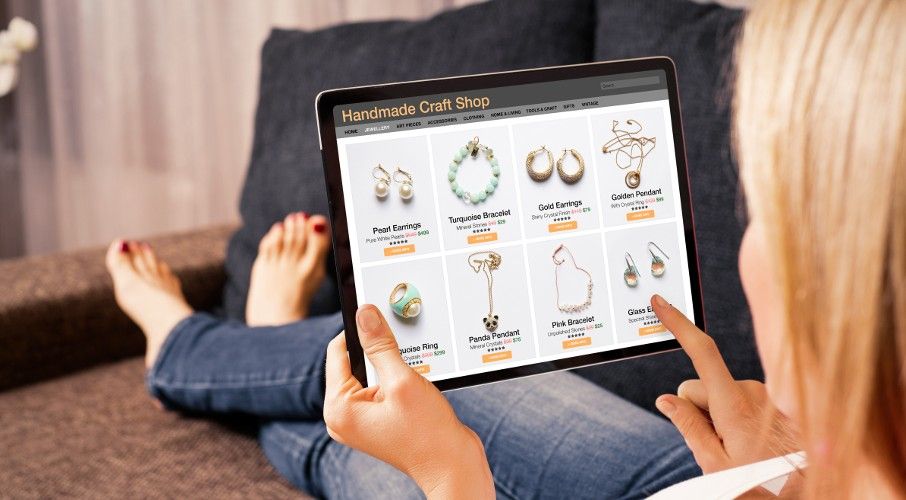Launching a new product feels a lot different than launching your first product.
Sure, there’s likely the same sense of excitement and anticipation about pushing something you worked hard on out into the world. But, there’s also a greater sense of expectation and pressure.
You already have an existing customer base that trusts you and a brand you need to uphold. You’ve gained knowledge about your audience and what product launch strategies work (and which ones don’t). You probably have a bigger staff, which has transformed product marketing from a one or two person show into a cross-functional activity between product teams, research teams, marketing teams, sales teams, and more.
So, while that buzzy feeling remains constant, everything else about launching a new product feels a whole lot different.
















